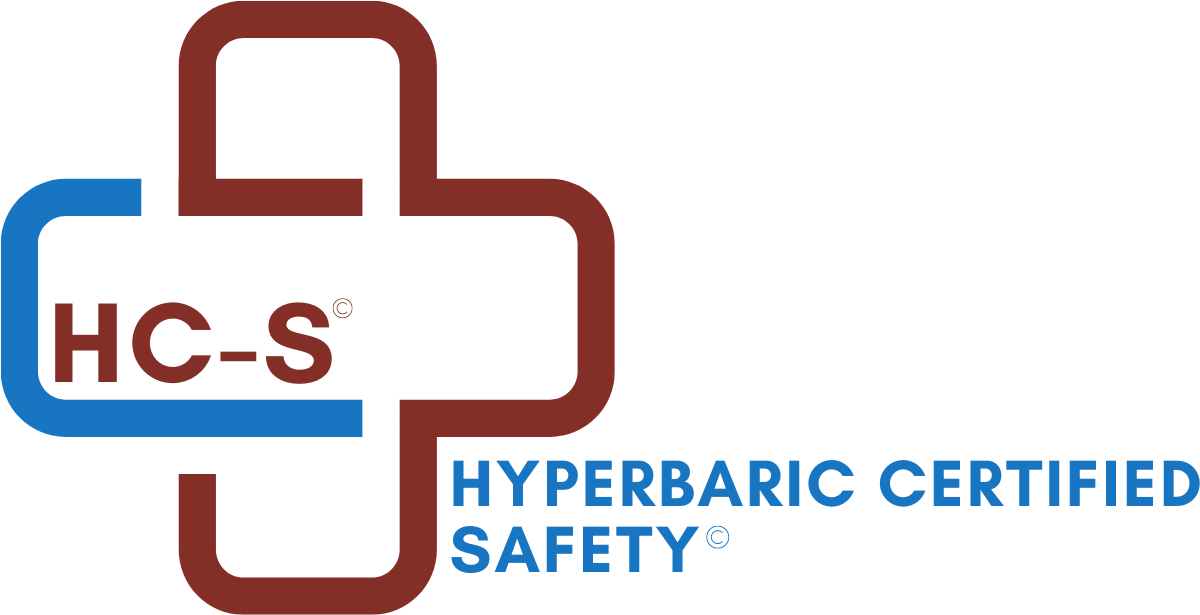Rx Pad
Hyperbaric Safety Tip: How Accidents Happen
For some accidents there is a clear “smoking gun.” However, most accidents are caused by a combination of factors, each of which contributes in some manner. Often these factors accumulate over some period of time preceding the accident. This chapter addresses the factors that foster conditions under which accidents are more likely to happen and discusses some of the steps to be taken to avoid them. Also included is a case history illustrating several of the factors.
Creating the Necessary Conditions
The factors that commonly contribute to situations favoring accidents can generally be divided into four groups:
- Personnel/management
- Design factors: facility and equipment
- Equipment failure
- Access/tampering
Each of these groups and their constituent factors are discussed in the follow- ing sections.
Personnel and Management
When one commences a task to reconstruct how an accident happened, personnel and management factors are often “at the head of the class.” Some of the more commonly occurring factors are discussed in this section. It should be noted, however, that this list is not all-inclusive. The factors that can contribute to accidents are many and varied. As technology and operations become ever more complex, our ability to create new ways to “do ourselves in” are amazing.
Operator Fatigue
This factor is one of the more common ones. When people get tired, their level of attention to what they are doing decreases. Especially vulnerable is the level of appreciation for hazards that cannot be seen. Reflexes and fine motor control deteriorate and sloppiness increases. People become capable of doing stupid things that, when rested, they would never do. Necessary maintenance and other jobs that don’t have immediate necessity also tend to get skipped over. Operator fatigue seems like such an obvious risk factor that everyone in a managerial position should be constantly on the watch for it. However, operator energy is also a limiting factor in the ever-present drive to cut costs and increase productivity. Many employees, as they are asked to do more, will try to keep up until finally they crack, quit, or do something foolish. This is an area where safety and economy are natural competitors, and managerial personnel need to be constantly on the alert for signs that operational personnel are being asked to do more than they can be reasonably expected to do without excessive fatigue or stress.
Boredom and Inattention
This risk factor is almost the opposite of operator fatigue. Operators on long watches at stations where there is little to do have a tendency to invent things to occupy their minds. This can create a situation where the early warning signs of an impending problem can go unnoticed until a situation has deteriorated to a point where recovery is difficult. Warning devices are helpful. A typical example of such a device is the wash- board surface that is now commonly added to the shoulders on interstate highways. Whenever possible, a better approach is to design the mental workload for a given posi- tion so that the person’s brain has enough to do to keep it alert. Requiring nonrepetitive voice communications is one remedy that is effective in this area. Students at a boring lecture often perk up smartly when asked to raise their hand in response to a question.
Inappropriate Operator Response to an Otherwise Manageable Problem
This factor is closely related to the following one. Many unexpected situations in the hyperbaric environment do not require an immediate response. The best response is often to DISTURB NOTHING, THINK, and then ACT. If one has a blowout while driving, often the worst possible thing to do is to brake strongly. The same is often true in hyperbarics. The best procedure is usually to stabilize the situation, determine the problem, assess possible corrective actions and their risks, and then proceed. In many situations, 50% or more of the solution to a problem is a correct determination of what the problem is.
Some years ago, two divers died of hyperthermia in a North Sea commercial satura- tion diving operation. The facility operator was monitoring a depth gauge that could be connected to any one of several compartments in the facility. The operator was some- how under the belief that the gauge was connected to the diving bell where the divers were when it was, in fact, connected to one of the deck chambers. The deck chamber developed a large leak. Thinking the bell was losing pressure, the operator added helium to the bell at an ever-higher rate. The comfort zone in a helium environment is very narrow due to its very high thermal conductivity. By the time the operator realized his error, the bell had been quickly pressurized several hundred feet of seawater and the resulting temperature increase in the bell proved lethal to both divers. There were several accident factors at work in this case. However, chief among them was an operator response that was inappropriate to the problem.
Excerpted with permission from the publisher. Source Reference Hyperbaric Facility Safety: A Practical Guide, Second Edition
Learn More With Team Training in Hyperbaric Facility Safety with our 16-hour CEU Course! Find more details here.
When you subscribe to the blog, we will send you an e-mail when there are new updates on the site so you wouldn't miss them.



Comments